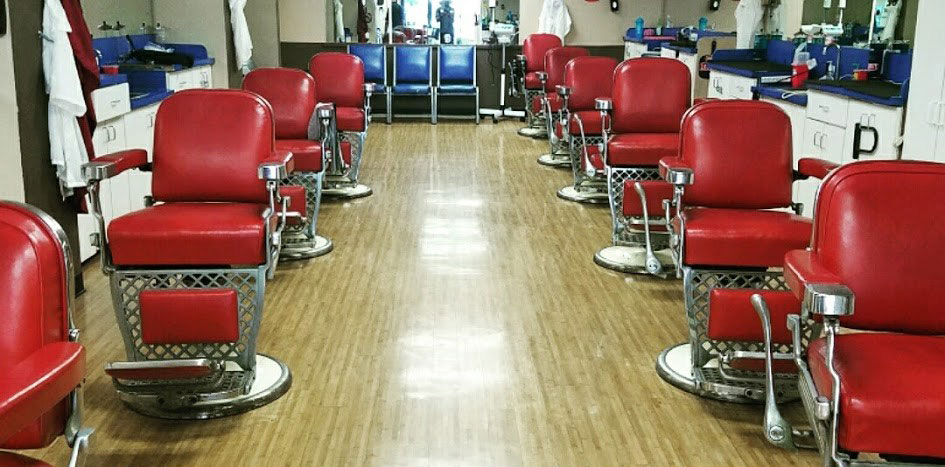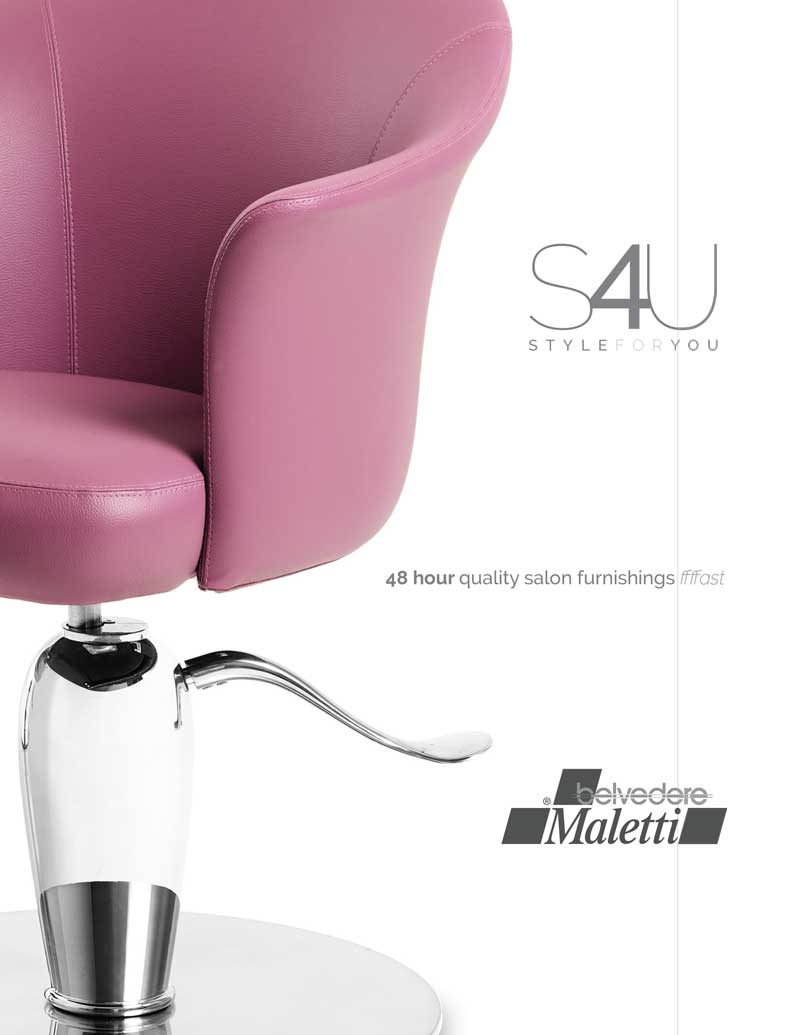

Before the Belmont and Koken, barber chairs manufactured by Paidar ruled all over the world. They were the largest and the most innovative barber chair manufacturer of the 1900s.
Even today, antique Paidar barber chairs have a significant demand to barbers and collectors. Collectors especially adore their children's barber chairs that had a fun design on them. Their designs were generally baseline and often inspired competing manufactures. This article will discuss the history of Emil J Paidar barber chairs and the features that make them unique among all the other manufacturers.
The Chicago based company was one of the most major barber supply manufacturers of their time. They had ruled the barber supply manufacturing market until the late 50s. Other than barber chairs, they also manufactured and sold barber poles, mirror cases, wall fixtures, work cabinets, manicure tables, shoe shining stands, and coat racks. The company grabbed the attention of the market with some unconventional and exciting product on their catalog. One, in particular, was the Duo-Hydraulic Barber's Chair product line which they tagged as "The Chair with The Longer Life." Even though Koken was the pioneer in hydraulic barber chairs, Paidar showed domination by improvement and innovations in hydraulics. The company also holds a patent for electric hydraulic barber chairs since 1961.
During the great depression of 1930, the company faced some severe challenges. Despite the hardship, the company still managed to grow and stay in business even with the head-to-head battle with Koken. World War II also increased the demand for barber equipment. Paidar earned significant revenues by producing cartridge cases along with other war supplies.
In 1957, a new company entered the barber supplies market that was previously dominated by Koken and Emil J Paidar: the Japan-based Takara Company. Branded as Belmont, these chairs were really spinoffs of Paidar barber chairs at a more reasonable price. They quickly became popular among the dealers and took over the market. In fact, Koken and Paidar appealed to the government to increase the import levy on Takara company's chairs — that was eventually rejected. The Takara Belmont company later acquired Koken and grabbed nearly 70% of the market, ultimately making Paidar a small competitor.
Each and every part of the Emil J Paidar barber chairs is a tribute to the artistry of its craftsperson. Comfort and convenience coupled with innovative designs made each piece distinguishable.
The headrest of an antique Paidar barber chair usually had a cast iron body with a brass bracket and leather upholstery. It was typically removable by a pushbutton system. The armrest was made of chrome with detailed designs etched into it. The correct mix-n-match of the color of the base, upholstery, and armrest highlighted the barber chair. The color of the seat was matched with the backrest. The seat cushion was usually covered with leather for firm support. These chairs also had hydraulics for adjusting the height of the chair. The backrest was traditionally made of cast iron and was cushioned and covered with leather. Paidar also produced fun and exciting children's barber chairs.
If you own an antique Paidar barber chair, do take proper care of it to preserve its quality — the uniqueness and timeless elegance of these chairs are enjoyable and appreciable by everyone.


I'm trying to locate a headrest to complete my Emil J. Paidar barbar chain. The chair is in good condition and complete except for the headrest. Any help finding a reasonably priced headrest would be helpful.
I am also looking for a headrest for my Emil J Paidar chair that I restored about 20 years ago.
Are there any compatible brands that may be more available?
Thanks
I have a 1962 Paidar in pieces and need photos or some means of instructions on assembling.